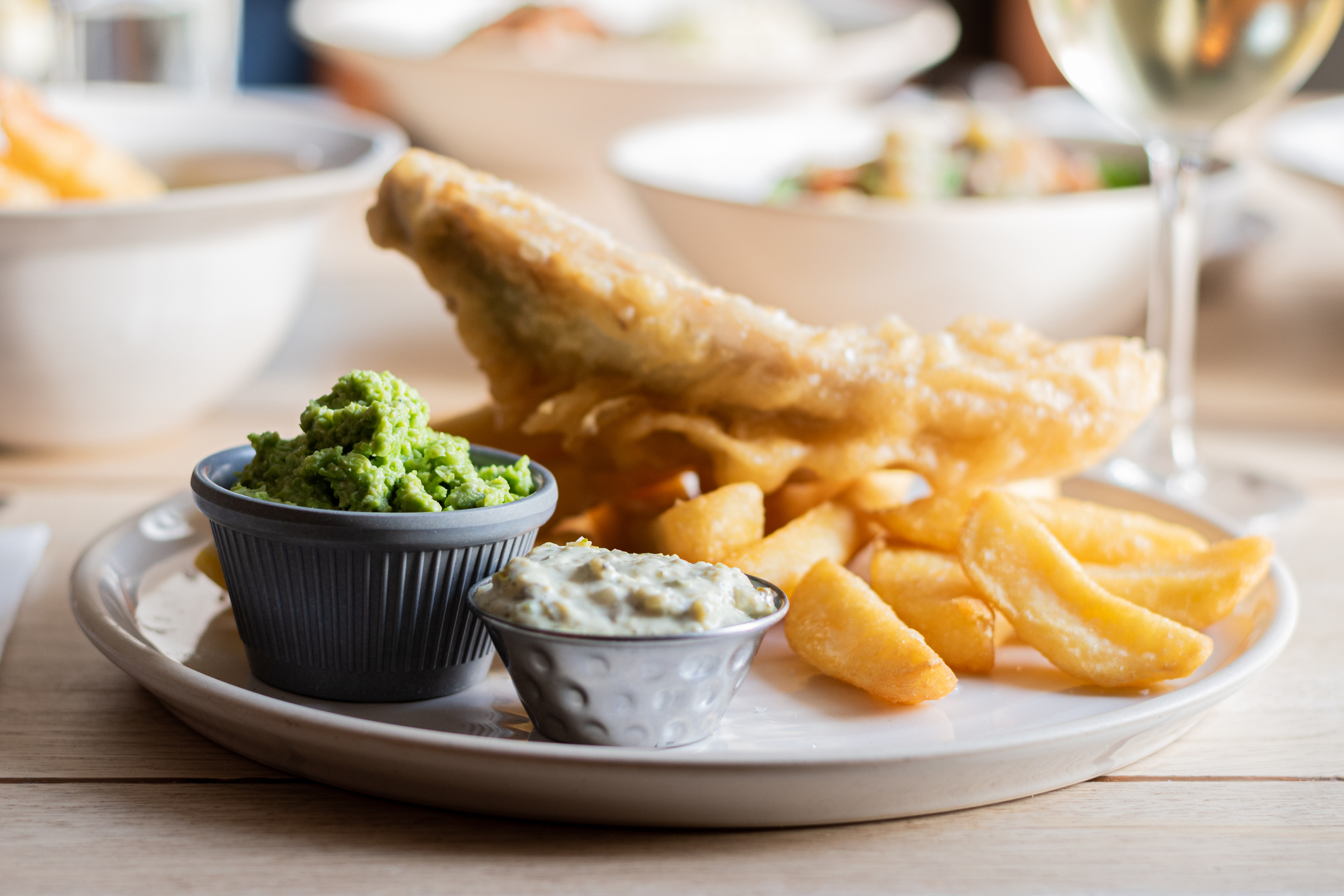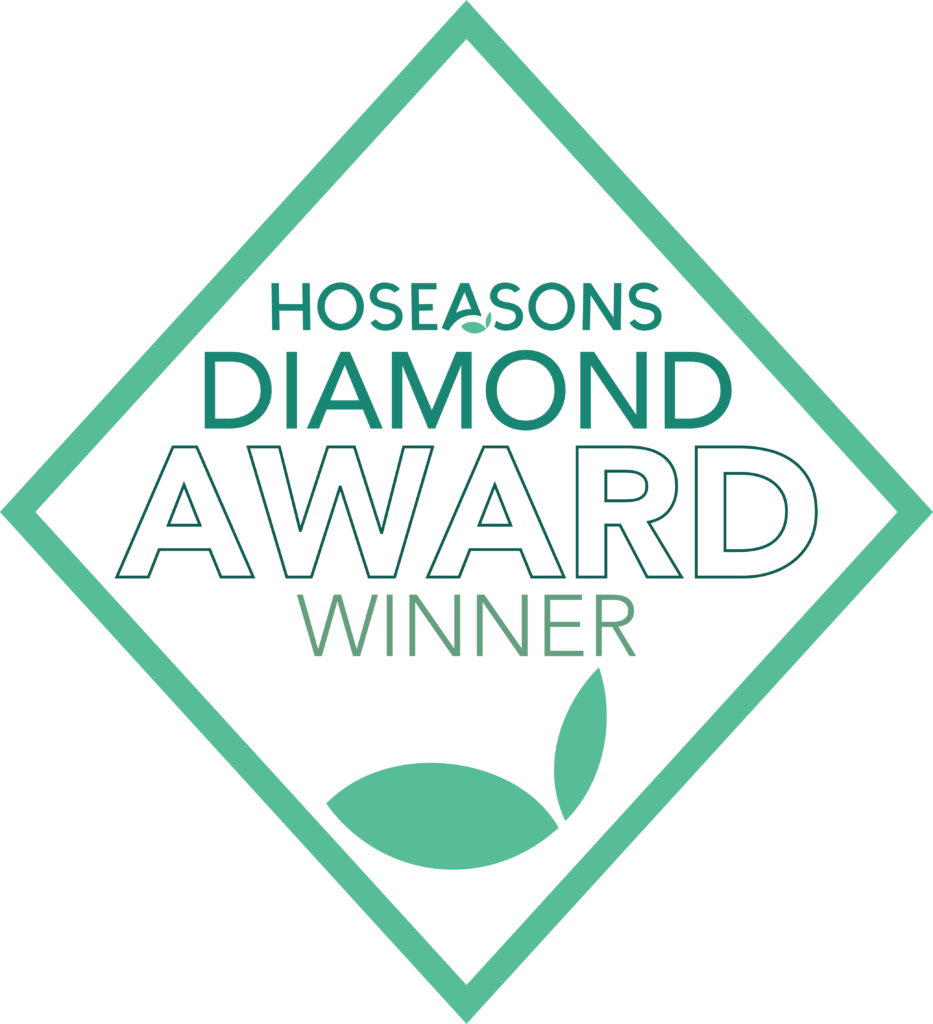The village of Ludham is home to heritage sites and beautiful nature gardens, as well as some lovely places to enjoy a meal. This article will list some helpful information of where to go, what to see, and where to eat when visiting the Broads village of Ludham.
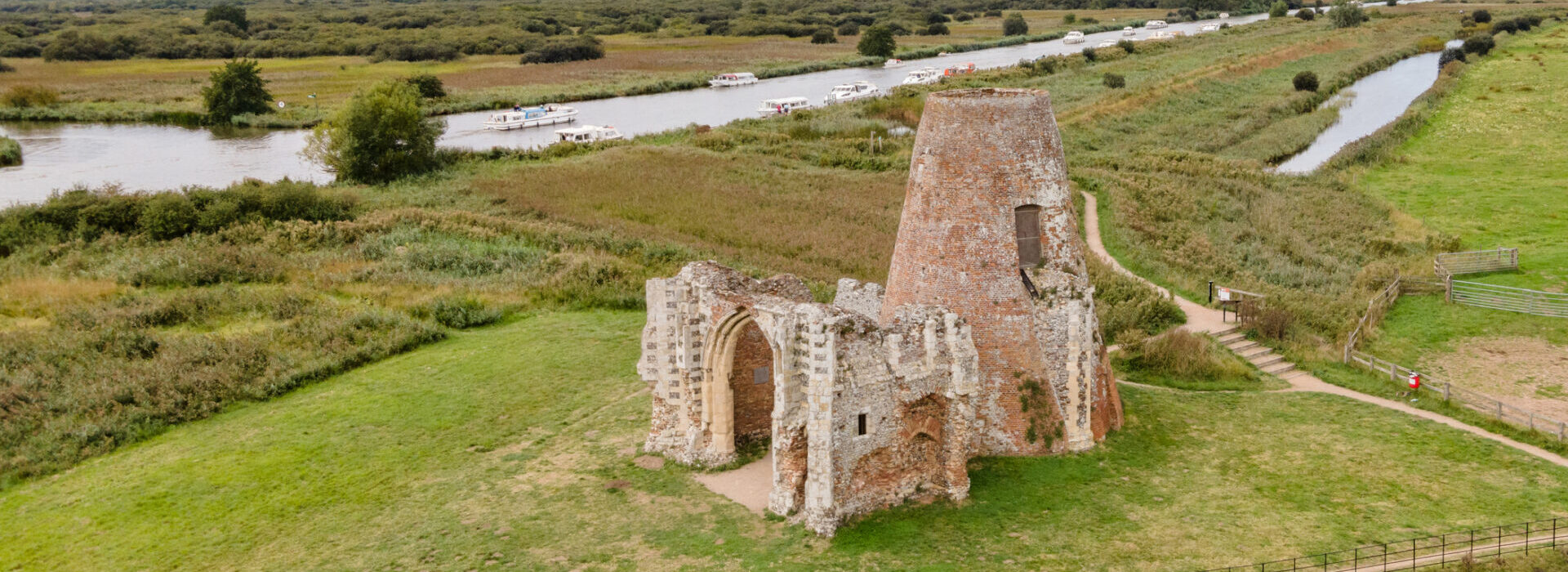
Visiting Ludham
Womack Staithe, at the end of Womack Water, is a great place to moor up. With picturesque surroundings, a few shops and proximity to the heart of the village, you may find it difficult to get a spot here. If these are full, then try the moorings on the bank closer to the start of Womack Water, or moorings at the historical St Benet’s Abbey which is a delightful 2-mile walk from the village.
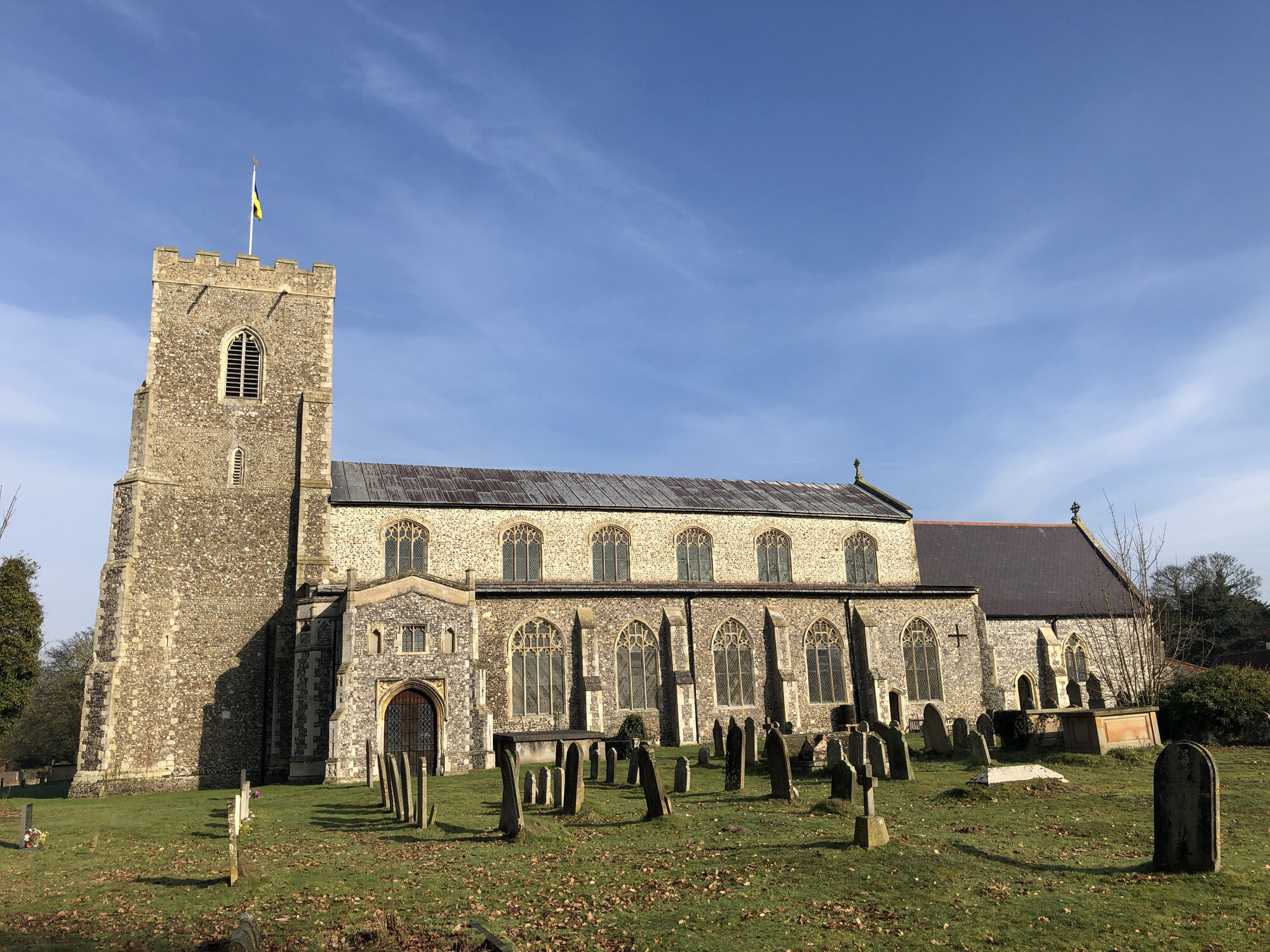
If you’re mooring at St Benet’s Abbey, then you’ll have first-hand views of the iconic ruins. A 2-mile walk from the village, explore the historic site of the Order of Saint Benedict. Mostly demolished, excluding the gatehouse and wind pump, the remains are an interesting site to see. The centre piece of the village is St Catherine’s, a 15th century, East Anglian-style church with fascinating details and art inside to see. How Hill Trust is also near-by, and this is a great place for the whole family to explore and learn about the Broads National Park and the environment that it creates. With a secret garden, Toad Hole Cottage, which is decorated how a marshman would have lived, and tearoom, this is definitely worth an afternoon.
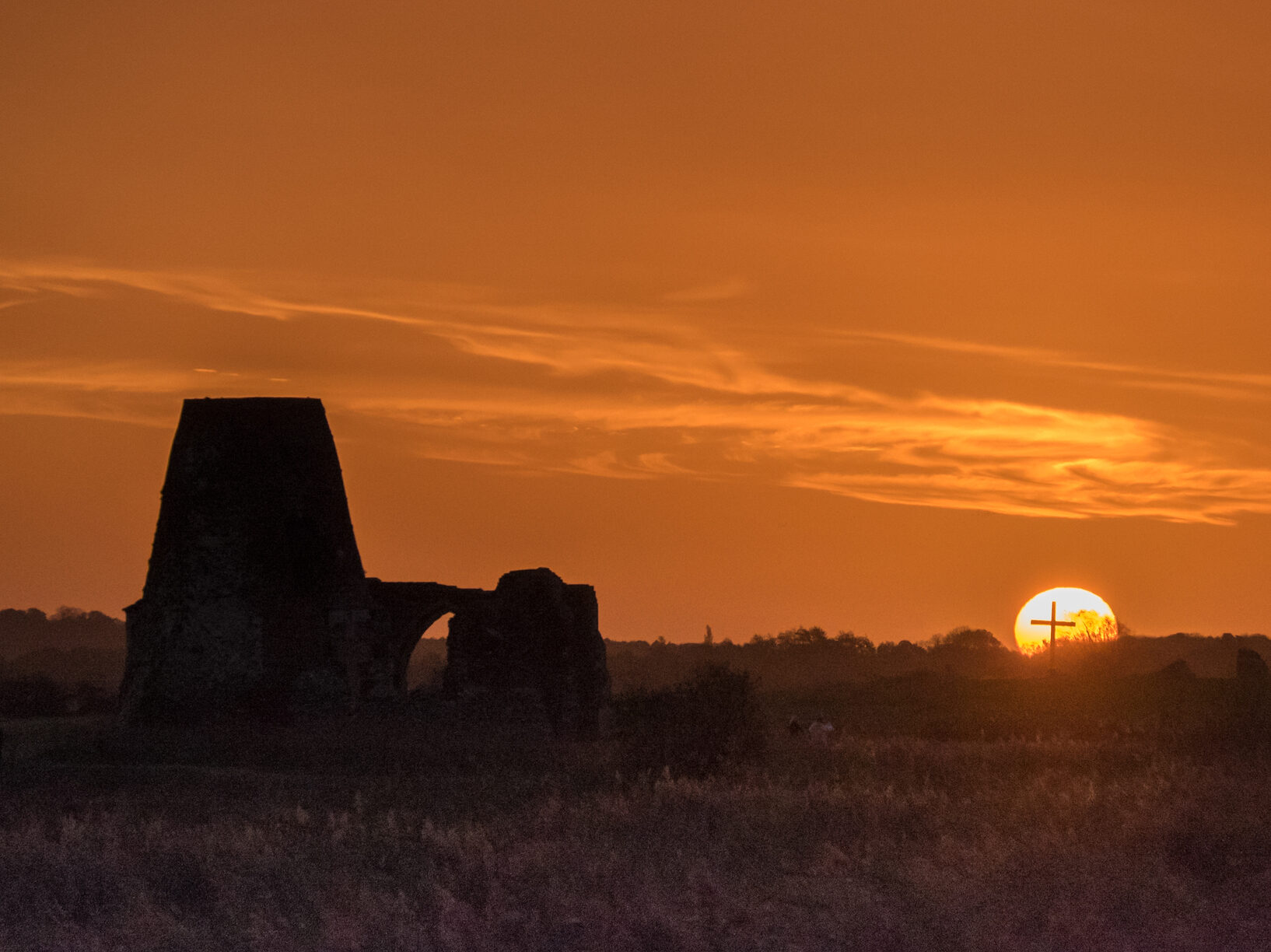
There are some good options for dining out in Ludham. For those visiting with a furry shipmate, then the Dog Inn, naturally, welcomes dogs and humans. With a range of dishes to choose from, outdoor seating for the summer, and fantastic views across Ludham marshes, this is an obvious choice. If it’s a lighter bite you’re after then try Alfresco Tea Rooms. Popular for its cream teas and dishes featuring local produce, this is great for lunch. The village also has Throwers, where you can stock up on grub for the boat, and a butcher if you want to sample what Norfolk has to offer.
